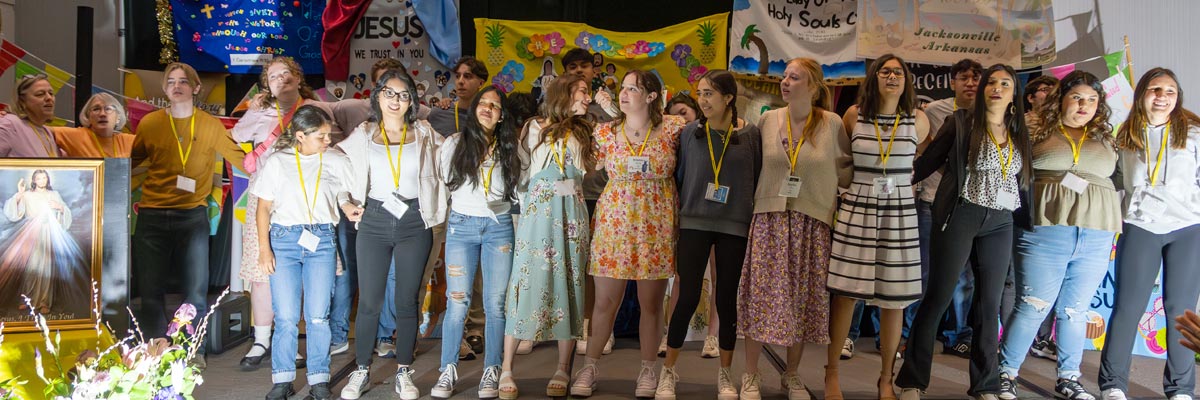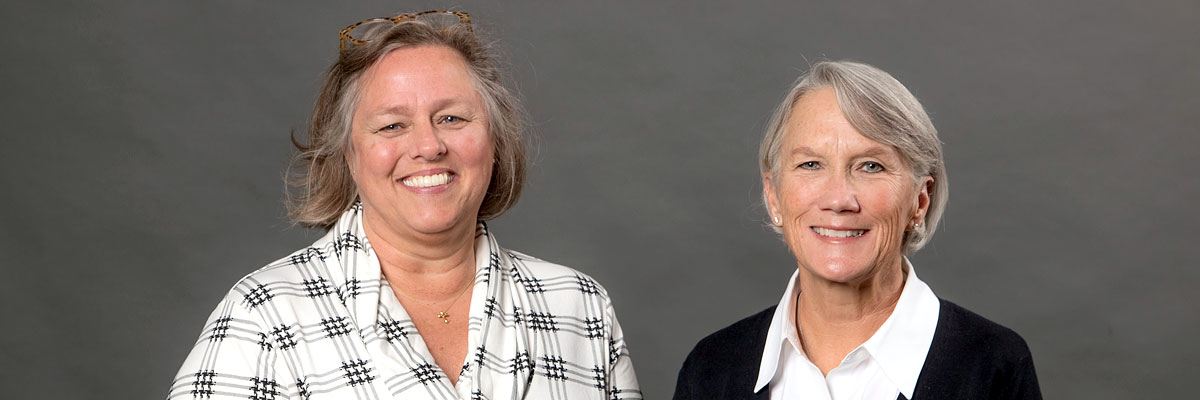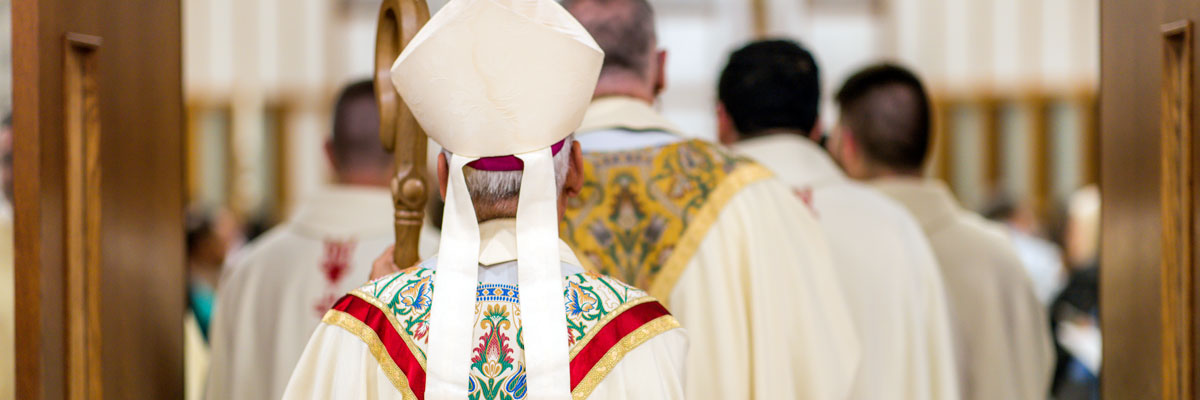Official Website of the
Catholic Diocese of Little Rock
Saints are role models for what all people are called to by God
Published: September 17, 2005
By Betsy Wiederkehr Huss
The world heard “santo subito!” on April 8 at Pope John Paul II ’s funeral. The call for “sainthood immediately” reverberated for this dearly loved and greatly respected servant. This same man had previously canonized 482 saints and beatified 1,338 people, more than all the pontiffs since the 1600s. Pope John Paul II recognized saints from all walks of life and cultures. People needed more positive role models, he thought. It was the universal appeal of the holy that he acknowledged. Those declared saints by the Church have lived earthly lives of integrity, of “heroic” virtue. How a would-be saint’s life expresses faith, hope and charity in some remarkable way is a main focus when theologically discerning canonization. Now, there are three major steps in the process of declaring a saint: the opening of a formal case (which only a pope can do), beatification, and canonization. Early in the Church, local popular opinion was the norm and many called “saint” have never been formally canonized. Before the 900s, “saint” was used more informally like its plural form used in Scripture to denote the faithful. In the 900s, the Church in Rome required that an official list be kept of all the saints in her jurisdiction. In 993, Ulrich of Augsburg was declared a saint, the first one on this official list. Formal structure to the process of canonization began to emanate in the Middle Ages. But, by the 10th century, a waiting period had been established after a candidate’s death before his or her case for sainthood could be opened. This time has varied through the centuries. Until 1917, 50 years was the usual waiting period. Then, in 1983 while John Paul II was pope, the reform of the Church’s Canon Law streamlined canonization. The waiting period was shortened to five years; the number of verified miracles required for beatification went from three or four to one; and two additional miracles were required for canonization as a opposed to only one additional now. Less than three months after John Paul’s death, Pope Benedict XVI lifted the waiting period restriction so the first step toward sainthood could begin. Throughout history, on several occasions a pope has accelerated the canonization process because of personal experience with the candidate. Pope Gregory IX did so with Francis of Assisi; Pope Alexander III with Thomas Becket; and Pope John Paul II with Mother Teresa of Calcutta. In the modern age, Therese of Lisieux (died 1897) has had the fastest canonization process, only 28 years after her death. She may soon be surpassed though by Mother Teresa, who was beatified only two years after her death. And only time will tell about John Paul II. To quote Father Gabriel B. O’Donnell, OP, “We are all on the way to becoming saints because as members of Christ we are made ‘bearers of the Spirit;’ we bear the holiness of God within us and are called to proclaim it to the world and to transform the world … . Canonization is not meant for heaven so much as for God’s people on earth. The veil that separates time from eternity is pulled back, ever so slightly, so that we may see more clearly the pathway and the goal: It is the Lord.” Betsy Wiederkehr Huss, a member of Blessed Sacrament Church in Jonesboro, has a master’s degree in theology from Fuller Theological Seminary in Pasadena, Calif.









